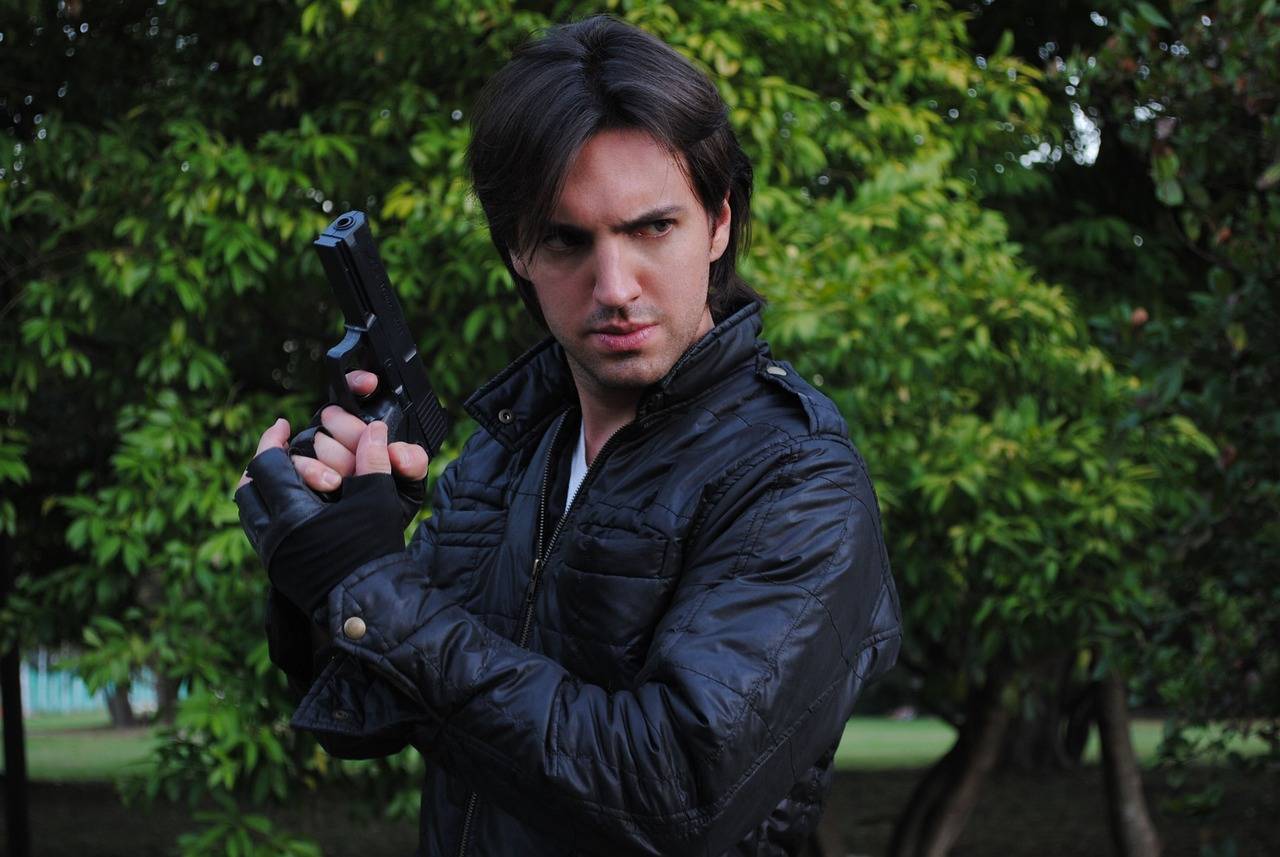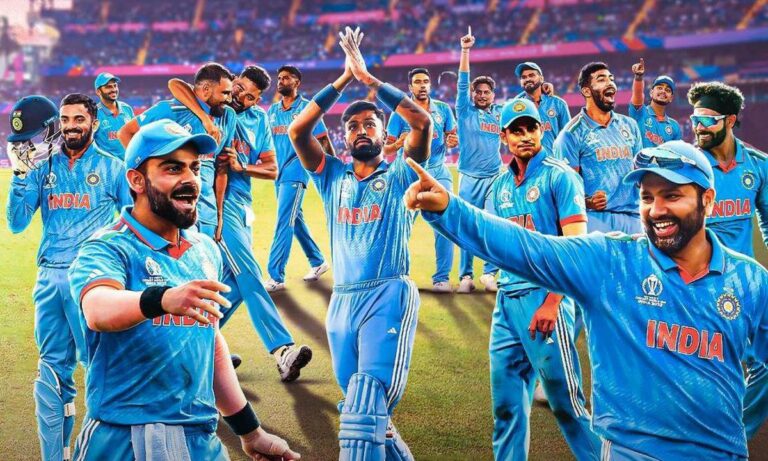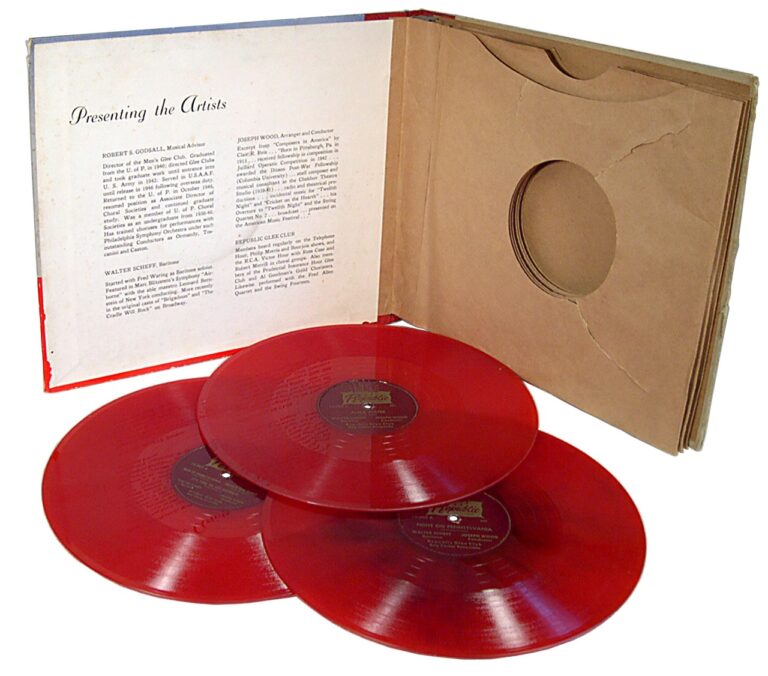The Influence of Cultural Trends on Fashion in Film and TV
Fashion has always been a mirror reflecting the diverse cultures and customs of society. From traditional garments to modern streetwear, cultural influences continuously shape the fashion landscape. Whether it’s the vibrant colors of Indian textiles or the minimalist aesthetic of Japanese design, designers draw inspiration from a myriad of cultural elements to create unique and expressive collections.
In recent years, there has been a notable shift towards promoting diversity and inclusivity in the fashion industry. Brands are embracing cultural diversity by featuring models from various ethnic backgrounds and collaborating with artisans from different regions. This cultural fusion not only adds richness to the fashion world but also opens up opportunities for cross-cultural exchange and understanding.
Impact of Cultural Influences
When examining the influence of culture on fashion, it is evident that various societal factors play a crucial role in shaping trends. The values, beliefs, traditions, and customs of different cultures inherently impact the way individuals choose to present themselves through clothing. This influence can be seen not only in the designs and styles of garments, but also in the colors, patterns, and materials chosen by designers.
Moreover, the increasing interconnectedness of the world through globalization has led to a rich tapestry of cultural influences in the fashion industry. Designers are constantly drawing inspiration from diverse cultural backgrounds, incorporating elements from different traditions and regions into their collections. This blend of cultural influences has resulted in a more inclusive and diverse fashion landscape, reflecting the interconnectedness of our modern society.
Fashion Evolution in Film and TV
The power of film and television to influence fashion trends cannot be underestimated. Throughout history, iconic characters on screen have sparked style revolutions, setting new standards and redefining what is considered fashionable. From Audrey Hepburn’s chic elegance in “Breakfast at Tiffany’s” to Carrie Bradshaw’s eclectic and daring combinations in “Sex and the City,” the impact of on-screen fashion evolution has been undeniable.
Moreover, the ability of costume designers to create memorable and culturally significant looks for characters has played a crucial role in shaping fashion trends. Whether it’s the bohemian style of the 1970s immortalized by characters like Penny Lane in “Almost Famous” or the preppy aesthetic popularized by characters in teen dramas like “Gossip Girl,” fashion in film and TV continues to be a reflection of societal values and trends.
How do cultural trends influence fashion in film and TV?
Cultural trends play a significant role in shaping the fashion choices of characters in film and TV. Designers and stylists often draw inspiration from current social and political movements to create authentic and relatable looks for characters.
What impact do cultural influences have on the evolution of fashion in film and TV?
Cultural influences can lead to the evolution of fashion in film and TV by reflecting the changing attitudes and values of society. Fashion choices in media often mirror the trends and styles of the time, providing a visual representation of cultural shifts.
How has fashion evolved in film and TV over the years?
Fashion in film and TV has evolved dramatically over the years, reflecting the changing tastes and preferences of audiences. From the glamorous Hollywood costumes of the golden age to the edgy streetwear of contemporary shows, fashion in media continues to evolve with the times.







